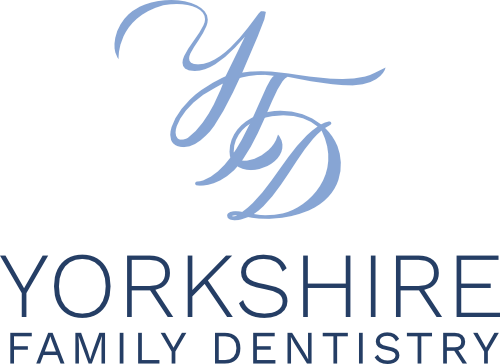Sedation in dentistry refers to the use of medications to help patients relax during dental procedures. It can range from mild sedation, where the patient remains conscious but relaxed, to deep sedation where the patient is on the edge of consciousness but can still be awakened. Sedation is often used for patients with dental anxiety, fear of needles, or for complex procedures that may be uncomfortable or lengthy.
How to Fix It
Certain dental conditions or situations may require the use of sedation to manage patient discomfort or anxiety effectively. For instance, extensive dental surgeries, extractions of impacted wisdom teeth, or implant placements are scenarios where sedation might be considered beneficial.
The process begins with a pre-sedation assessment, where the dentist evaluates the patient’s medical history and level of anxiety to determine the appropriate sedative and dosage. During the procedure, the patient’s vital signs are closely monitored to ensure safety. Sedation allows for a smoother dental experience, as it minimizes the physical and psychological discomfort associated with complex or potentially painful treatments, ultimately contributing to better oral health outcomes and patient satisfaction.
Related Facts
In-office sedation entails methods such as nitrous oxide (laughing gas), oral sedatives, intravenous (IV) sedation, and general anesthesia to manage patient anxiety and discomfort during dental procedures.
At-home sedation prescribes oral sedatives to be taken prior to the dental appointment to alleviate pre-appointment anxiety and ensure a calmer patient experience upon arrival.
Dental sedation facilitates easier and more efficient treatment by reducing patient movement and discomfort.
Some sedation methods can lead to partial or full amnesia of the procedure, which can be beneficial for patients with severe anxiety.
Sedation is an integral component of modern dentistry, enhancing patient comfort and enabling dentists to perform complex procedures with greater ease. It is tailored to the needs of the patient, ranging from mild relaxation to deep sedation, depending on the procedure and patient requirements.
